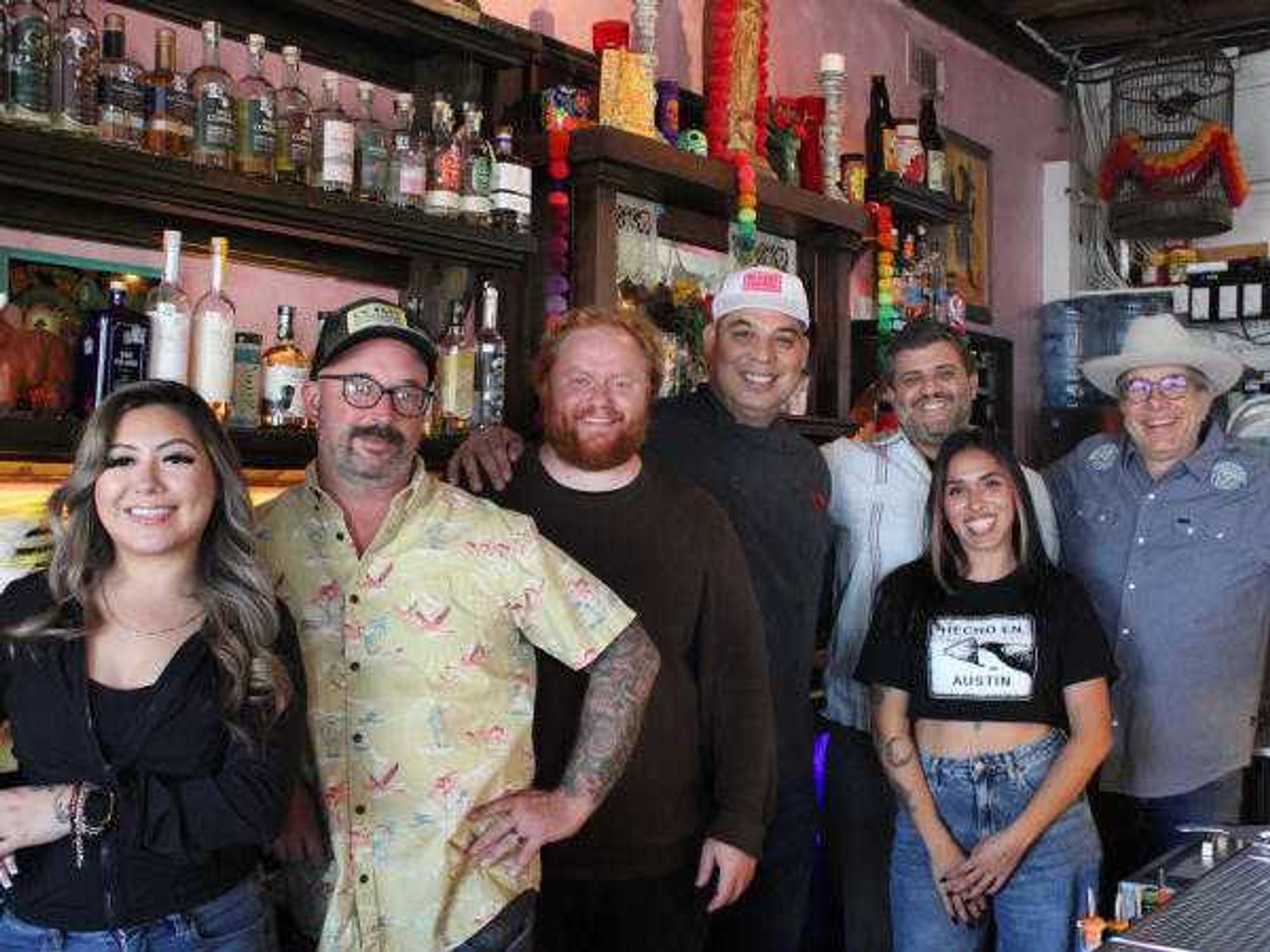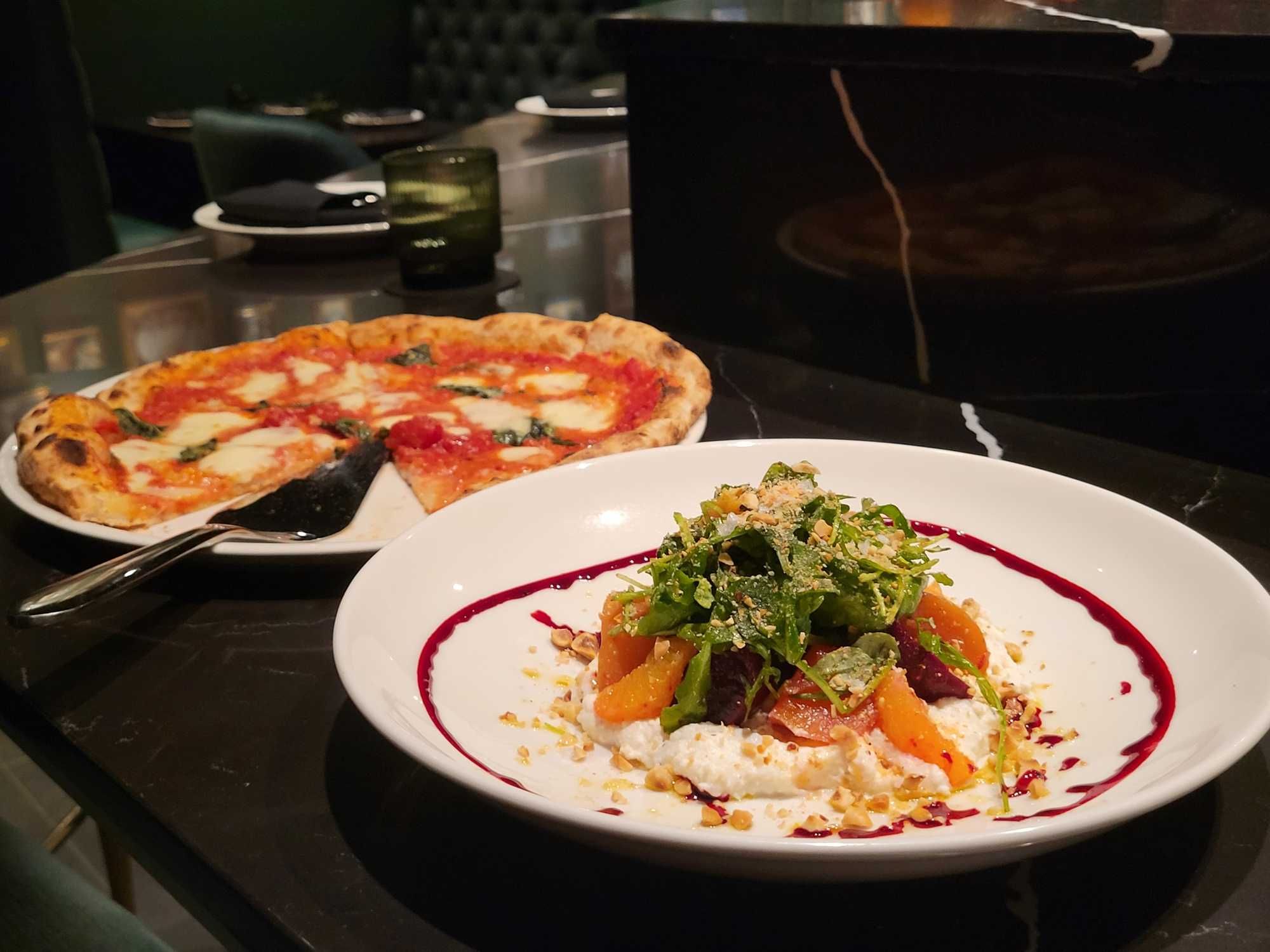Naming Neighborhoods
How Austin's most iconic neighborhoods got their names
What’s in a name? For Austin, our name is a way of life. With “Keep Austin Weird” splattered on car bumpers, T-shirts and the like, it’s hard to imagine that the capital of the Lone Star State was almost named Waterloo.
In 1839, the city was officially chartered as Austin, named for Texas' founding father Stephen F. Austin, ushering in the development of a city chock-full of neighborhoods paying homage to everything from historical figures and the local flora and fauna.
Balcones
This North Austin 'hood was named after the Balcones Fault Zone, a tensional structural system that runs from the southwest part of the state near Del Rio to all the way to Waco along I-35. Visitors and residents can admire its natural splendor in the escarpments of Mount Bonnell.
Bouldin Creek
One of Austin’s oldest neighborhoods, Bouldin Creek got its moniker from Col. James Bouldin, who relocated to Austin in the early 1850s from Missouri. Upon arrival, Bouldin began to acquire a considerable amount of property, spanning from just south of the Colorado River to as far as William Cannon Drive.
Brentwood
While the name Brentwood may be synonymous with the Los Angeles location of the O.J. Simpson trial, this sought-after Central Austin neighborhood is sandwiched between Lamar Boulevard on the east and Burnet Road on the west, and is bordered by 45th Street and Justin Lane. Defined as “woods by the steep hill,” Brentwood was once a sprawling cotton farm, and originally inhabited by GIs who wanted to start families following World War II.
Cherrywood
Located directly east of I-35, the neighborhood now known as Cherrywood takes its name from the major road that runs north to south through the neighborhood, Cherrywood Road. But things haven’t always been this way; Cherrywood Road was once called Chestnut Street, and the neighborhood itself was once cotton fields, pastures and woods.
Clarksville
The name of this adorable downtown neighborhood dates back to the Emancipation Proclamation. In 1865, Gov. Elisha Pease gave land in the Clarksville area to some of his favorite former slaves, and sold land to others. A few years later in 1871, a former slave named Charles Clark moved to the area and established the community of Clarksville, one of the first freedmen's towns west of the Mississippi River.
Crestview
Built by developer A.B. Beddow on the site of an old dairy farm, the darling neighborhood of Crestview is nestled just east of Northcross Mall — the geographic center of the Austin metro area. While several stories circulate around the naming of this area, one of the most prevalent is that it pays homage to Crestview, Florida, a place Beddow and his wife loved to visit.
Govalle
Inspired by the Swedish immigrants who flocked to Texas in the mid-1800s, East Austin’s Govalle neighborhood got its name from Swen Magnus, who immigrated to Central Texas in the 1850s. Magnus established his home and ranch in the East Austin area, and named it “Ga Valla,” a Swedish term that when translated means "good grazing land."
Hyde Park
Named as a nod to British aristocracy, this classic Central Austin neighborhood traces its origins back to 1891, and is considered to be Austin's first suburb. The neighborhood was originally developed by Monroe Martin Shipe as a streetcar suburb with a large artificial lake, and was marketed to Austin’s elite citizens.
Mueller
Before visitors flew into Austin-Bergstrom International Airport, it was Robert Mueller Airport, named after an Austin City Council member who passed away in 1926. Since 1999, the area has served as a mixed-use retail space full of homes, stores, and even Robert Rodriguez’s production company, Troublemaker Studios.
Old Enfield
Originally part of the Pease family estate just west of downtown, the neighborhood was subdivided in 1910 by the Enfield Realty and Home Building Company. This old Austin gem has been home to many notable Austinites, including four Texas governors, two mayors, other state and local lawmakers, University of Texas faculty, coaches and staff, and civic leaders.
Rosedale
In the 1900s, several florists and nurseries called this area home resulting in the creation of Rosedale Arbor, a cross between a Golden Arbor Vitae and a Japanese Cedar. This Central Austin neighborhood pays homage to the unique plant.
Travis Heights
Like the county in which it’s located, this quirky locale was named after Lt. Col. William Barret Travis. In the early 1900s, Travis Heights was designed with a range of lot sizes, a system of curvy streets, and deed restrictions that prohibited multifamily and commercial uses. Today, it is a series of mid-century homes and elegant mansions — and remains one of Austin’s most sought-after ZIP codes.
Judges' Hill
The nomenclature of this campus-adjacent area isn’t a real mystery. Thomas Jefferson Chambers, a lawyer, land surveyor and judge, was granted land — including this area — for his services. In 1851, Judge Elijah Sterling Clack Robertson called the area home, as well as a slew of resident judges and attorneys who helped the area earn its name.
Windsor Park
Perhaps best known as the setting of Friday Night Lights’ fictional Dillon, Texas, Windsor Park came to be in the 1950s when home building company Nash Philips Copus organized the construction of the neighborhood. Like many other American suburban neighborhoods built in the mid-20th century, Windsor Park took its name from a tony area in London.

 Beet and citru salad at Moderna. Photo by Brianna Caleri
Beet and citru salad at Moderna. Photo by Brianna Caleri